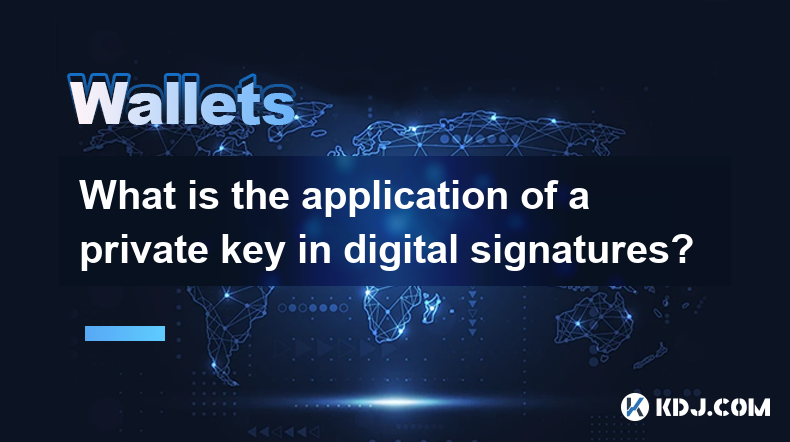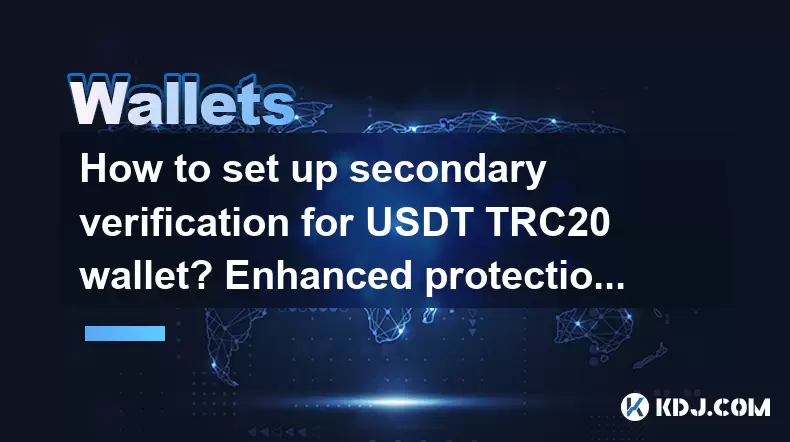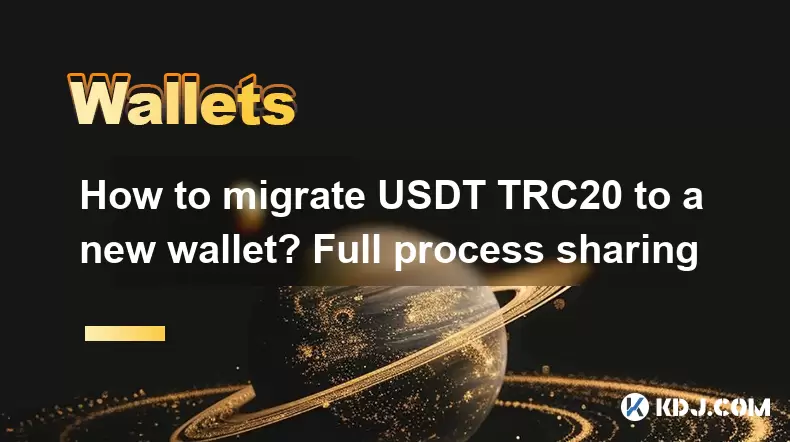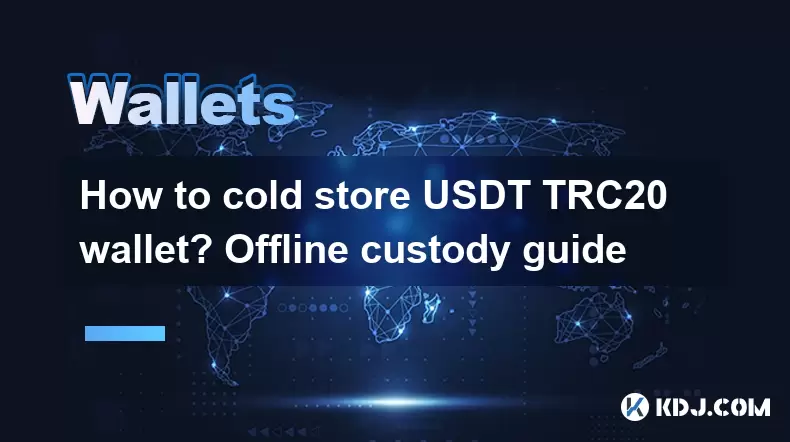-
 Bitcoin
Bitcoin $104,092.7082
-3.90% -
 Ethereum
Ethereum $2,500.1510
-9.45% -
 Tether USDt
Tether USDt $1.0003
0.02% -
 XRP
XRP $2.1161
-5.92% -
 BNB
BNB $644.7652
-3.34% -
 Solana
Solana $143.3632
-10.62% -
 USDC
USDC $0.9995
-0.03% -
 Dogecoin
Dogecoin $0.1728
-9.80% -
 TRON
TRON $0.2700
-2.70% -
 Cardano
Cardano $0.6282
-9.47% -
 Hyperliquid
Hyperliquid $38.5896
-7.04% -
 Sui
Sui $2.9976
-10.50% -
 Chainlink
Chainlink $13.0865
-10.97% -
 UNUS SED LEO
UNUS SED LEO $8.8697
1.35% -
 Stellar
Stellar $0.2563
-7.44% -
 Bitcoin Cash
Bitcoin Cash $401.8213
-6.21% -
 Avalanche
Avalanche $18.8844
-11.63% -
 Toncoin
Toncoin $2.9457
-8.46% -
 Shiba Inu
Shiba Inu $0.0...01163
-9.64% -
 Hedera
Hedera $0.1538
-10.65% -
 Litecoin
Litecoin $82.4785
-9.46% -
 Polkadot
Polkadot $3.7430
-9.96% -
 Ethena USDe
Ethena USDe $1.0004
-0.01% -
 Monero
Monero $306.8529
-6.55% -
 Dai
Dai $0.9998
0.01% -
 Bitget Token
Bitget Token $4.4842
-5.28% -
 Pepe
Pepe $0.0...01069
-13.19% -
 Uniswap
Uniswap $7.0207
-13.47% -
 Pi
Pi $0.5498
-13.03% -
 Aave
Aave $268.2967
-9.88%
What is the application of a private key in digital signatures?
Cryptocurrency transactions rely on private keys to generate unique digital signatures, verifying authenticity and integrity. Compromising a private key results in irreversible loss of funds; safeguarding it is paramount.
Mar 18, 2025 at 01:31 am

Key Points:
- Private keys are the foundation of digital signatures in cryptocurrency. They ensure the authenticity and integrity of transactions.
- The process involves cryptographic hashing and asymmetric encryption, creating a unique signature verifiable with the corresponding public key.
- Understanding the role of private keys in digital signatures is crucial for comprehending the security of blockchain transactions.
- Compromised private keys lead to irreversible loss of cryptocurrency control.
- Various signature schemes exist, each with its strengths and weaknesses regarding security and efficiency.
What is the application of a private key in digital signatures?
In the world of cryptocurrency, digital signatures are paramount for secure transactions. They verify the authenticity and integrity of a transaction, ensuring that only the rightful owner can authorize the transfer of funds. The private key plays a pivotal role in this process, acting as the cryptographic key that unlocks the ability to create these signatures. Without a private key, you cannot create a valid digital signature for your cryptocurrency transactions.
The process begins with the transaction data. This data, which includes details like the sender, recipient, and amount, is cryptographically hashed. Hashing creates a unique fingerprint of the transaction data. This fingerprint is then signed using the sender's private key through a process involving asymmetric cryptography. This process ensures that the signature is inextricably linked to the specific transaction data and the owner's private key.
The resulting digital signature is then broadcast along with the transaction data to the blockchain network. Upon receiving this information, nodes on the network verify the signature using the sender's corresponding public key. This public key is publicly available and associated with the sender's cryptocurrency address. The verification process involves applying the same cryptographic algorithm used to generate the signature, but in reverse.
If the verification process is successful, it confirms that: 1) The transaction data hasn't been tampered with, ensuring its integrity; and 2) The signature was created using the private key associated with the sender's public key, proving the sender's authenticity. This dual verification process is the core of secure cryptocurrency transactions.
This mechanism prevents unauthorized spending. Only the holder of the private key can generate a valid signature for a specific transaction. If someone tries to forge a signature without the private key, the verification process will fail, and the transaction will be rejected by the network. The security of your cryptocurrency hinges entirely on keeping your private key secure and confidential.
Different signature schemes are used in various cryptocurrencies. These schemes offer varying levels of security and efficiency. Some are designed to be faster but might be slightly less secure, while others prioritize maximum security even if it means slightly slower transaction processing. The choice of signature scheme is a crucial design decision for any cryptocurrency.
The security implications of losing or compromising your private key are severe. If your private key is lost or stolen, you lose control over your cryptocurrency. There's no recovery mechanism; it is essentially the same as losing the physical cash. Therefore, safeguarding your private keys is of paramount importance. This often involves utilizing secure hardware wallets or employing robust security practices when managing your private keys.
The private key's role extends beyond simple transaction authorization. It's also crucial for various other functions within the cryptocurrency ecosystem. For example, it can be used to authorize access to decentralized applications (dApps), sign smart contracts, and participate in governance processes within certain blockchain networks. The functionality depends on the specific platform and its implementation.
How does the private key ensure the integrity of a transaction?
The integrity of a transaction is ensured because any alteration to the transaction data, after it has been signed, will result in a different hash value. This means the signature generated using the original hash will no longer be valid when verified against the altered transaction data. This process prevents manipulation of transaction details after signing.
What happens if someone gains access to my private key?
If someone gains access to your private key, they gain complete control over your cryptocurrency holdings. They can spend your funds, alter transaction details, and effectively render your assets inaccessible to you. This is why safeguarding your private key is absolutely crucial.
Are all digital signatures created equally?
No, different cryptocurrencies utilize different digital signature algorithms, each with varying levels of security and efficiency. Some algorithms might prioritize speed, while others prioritize security, often at the cost of processing speed. The choice of algorithm is a critical aspect of blockchain design.
Can a private key be recovered if lost?
No, private keys are typically not recoverable. They are generated cryptographically and are not stored centrally. Losing your private key is equivalent to permanently losing access to your cryptocurrency. Therefore, backup and security are paramount.
What are some best practices for securing my private key?
- Use a hardware wallet for storing your private keys.
- Avoid storing private keys on computers or mobile devices that are connected to the internet.
- Use strong, unique passwords and enable two-factor authentication wherever possible.
- Regularly back up your private keys in a secure, offline location.
- Be wary of phishing scams and malicious software that aim to steal your private keys.
Disclaimer:info@kdj.com
The information provided is not trading advice. kdj.com does not assume any responsibility for any investments made based on the information provided in this article. Cryptocurrencies are highly volatile and it is highly recommended that you invest with caution after thorough research!
If you believe that the content used on this website infringes your copyright, please contact us immediately (info@kdj.com) and we will delete it promptly.
- HashFly, a Pioneering Force in the Cloud Mining Industry, Solidifies Its Position as the Most Trusted Platform of 2025
- 2025-06-13 11:00:25
- Nimanode Raises Over 15% of its Soft Cap in Token Presale
- 2025-06-13 11:00:25
- US President Donald Trump released a prerecorded message for attendees of Coinbase's State of Crypto Summit as Congress considers legislation to regulate payment stablecoins and establish a digital asset market structure framework.
- 2025-06-13 10:55:12
- Xpfinance (XPF) Token Presale Surpasses 40% of Its Soft Cap Allocation
- 2025-06-13 10:55:12
- Official Trump (TRUMP) Is Closing in on VeChain (VET) in Market Cap – and Fast
- 2025-06-13 10:50:11
- The race for the next big crypto coin is on. SUI is flashing bullish signals with a possible 2x breakout.
- 2025-06-13 10:50:11
Related knowledge

How to set up secondary verification for USDT TRC20 wallet? Enhanced protection
Jun 12,2025 at 12:07pm
Understanding USDT TRC20 Wallets and Security NeedsWith the increasing popularity of Tether (USDT) on the TRON (TRC20) network, securing digital assets has become a critical concern for users. A USDT TRC20 wallet is essentially a blockchain wallet that supports the TRC20 protocol, allowing users to store, send, and receive USDT tokens. Given the volatil...

How to migrate USDT TRC20 to a new wallet? Full process sharing
Jun 13,2025 at 08:08am
Understanding USDT TRC20 and Wallet MigrationUSDT TRC20 refers to the Tether token issued on the TRON blockchain, one of several blockchain networks that support Tether (others include Ethereum, Solana, etc.). Migrating your USDT TRC20 from one wallet to another is a common process, especially when users switch platforms or enhance security by moving as...

How to sign USDT TRC20 wallet offline? Safe transaction method
Jun 13,2025 at 05:21am
What Is USDT TRC20 and Why Offline Signing MattersUSDT TRC20 refers to the Tether token issued on the TRON blockchain, offering faster transactions and lower fees compared to its Ethereum-based counterpart. When users want to send or receive USDT TRC20, they often use online wallets like Trust Wallet or TokenPocket. However, for security-conscious indiv...

How to use USDT TRC20 wallet anonymously? Privacy protection guide
Jun 12,2025 at 11:35pm
Understanding USDT TRC20 and Its Privacy ImplicationsUSDT TRC20 refers to the Tether (USDT) cryptocurrency that operates on the TRON blockchain. Unlike its Ethereum-based ERC20 counterpart, TRC20 offers faster transactions and lower fees. However, despite these advantages, privacy remains a significant concern for many users who wish to transact anonymo...

How to cold store USDT TRC20 wallet? Offline custody guide
Jun 11,2025 at 09:36pm
Understanding USDT TRC20 and Cold StorageUSDT (Tether) is a stablecoin pegged to the value of the U.S. dollar, offering stability in the volatile cryptocurrency market. TRC20 refers to the technical standard used for smart contracts on the Tron blockchain, which is different from Ethereum's ERC-20. When it comes to securing your USDT TRC20 tokens, cold ...

How to export USDT TRC20 private key? Security operation guide
Jun 11,2025 at 07:08pm
Understanding USDT TRC20 and Private KeysTether (USDT) is one of the most widely used stablecoins in the cryptocurrency market. The TRC20 version of USDT operates on the TRON blockchain, offering faster transaction speeds and lower fees compared to its ERC-20 counterpart on Ethereum. When you hold USDT TRC20, your ownership is secured through a private ...

How to set up secondary verification for USDT TRC20 wallet? Enhanced protection
Jun 12,2025 at 12:07pm
Understanding USDT TRC20 Wallets and Security NeedsWith the increasing popularity of Tether (USDT) on the TRON (TRC20) network, securing digital assets has become a critical concern for users. A USDT TRC20 wallet is essentially a blockchain wallet that supports the TRC20 protocol, allowing users to store, send, and receive USDT tokens. Given the volatil...

How to migrate USDT TRC20 to a new wallet? Full process sharing
Jun 13,2025 at 08:08am
Understanding USDT TRC20 and Wallet MigrationUSDT TRC20 refers to the Tether token issued on the TRON blockchain, one of several blockchain networks that support Tether (others include Ethereum, Solana, etc.). Migrating your USDT TRC20 from one wallet to another is a common process, especially when users switch platforms or enhance security by moving as...

How to sign USDT TRC20 wallet offline? Safe transaction method
Jun 13,2025 at 05:21am
What Is USDT TRC20 and Why Offline Signing MattersUSDT TRC20 refers to the Tether token issued on the TRON blockchain, offering faster transactions and lower fees compared to its Ethereum-based counterpart. When users want to send or receive USDT TRC20, they often use online wallets like Trust Wallet or TokenPocket. However, for security-conscious indiv...

How to use USDT TRC20 wallet anonymously? Privacy protection guide
Jun 12,2025 at 11:35pm
Understanding USDT TRC20 and Its Privacy ImplicationsUSDT TRC20 refers to the Tether (USDT) cryptocurrency that operates on the TRON blockchain. Unlike its Ethereum-based ERC20 counterpart, TRC20 offers faster transactions and lower fees. However, despite these advantages, privacy remains a significant concern for many users who wish to transact anonymo...

How to cold store USDT TRC20 wallet? Offline custody guide
Jun 11,2025 at 09:36pm
Understanding USDT TRC20 and Cold StorageUSDT (Tether) is a stablecoin pegged to the value of the U.S. dollar, offering stability in the volatile cryptocurrency market. TRC20 refers to the technical standard used for smart contracts on the Tron blockchain, which is different from Ethereum's ERC-20. When it comes to securing your USDT TRC20 tokens, cold ...

How to export USDT TRC20 private key? Security operation guide
Jun 11,2025 at 07:08pm
Understanding USDT TRC20 and Private KeysTether (USDT) is one of the most widely used stablecoins in the cryptocurrency market. The TRC20 version of USDT operates on the TRON blockchain, offering faster transaction speeds and lower fees compared to its ERC-20 counterpart on Ethereum. When you hold USDT TRC20, your ownership is secured through a private ...
See all articles




























































